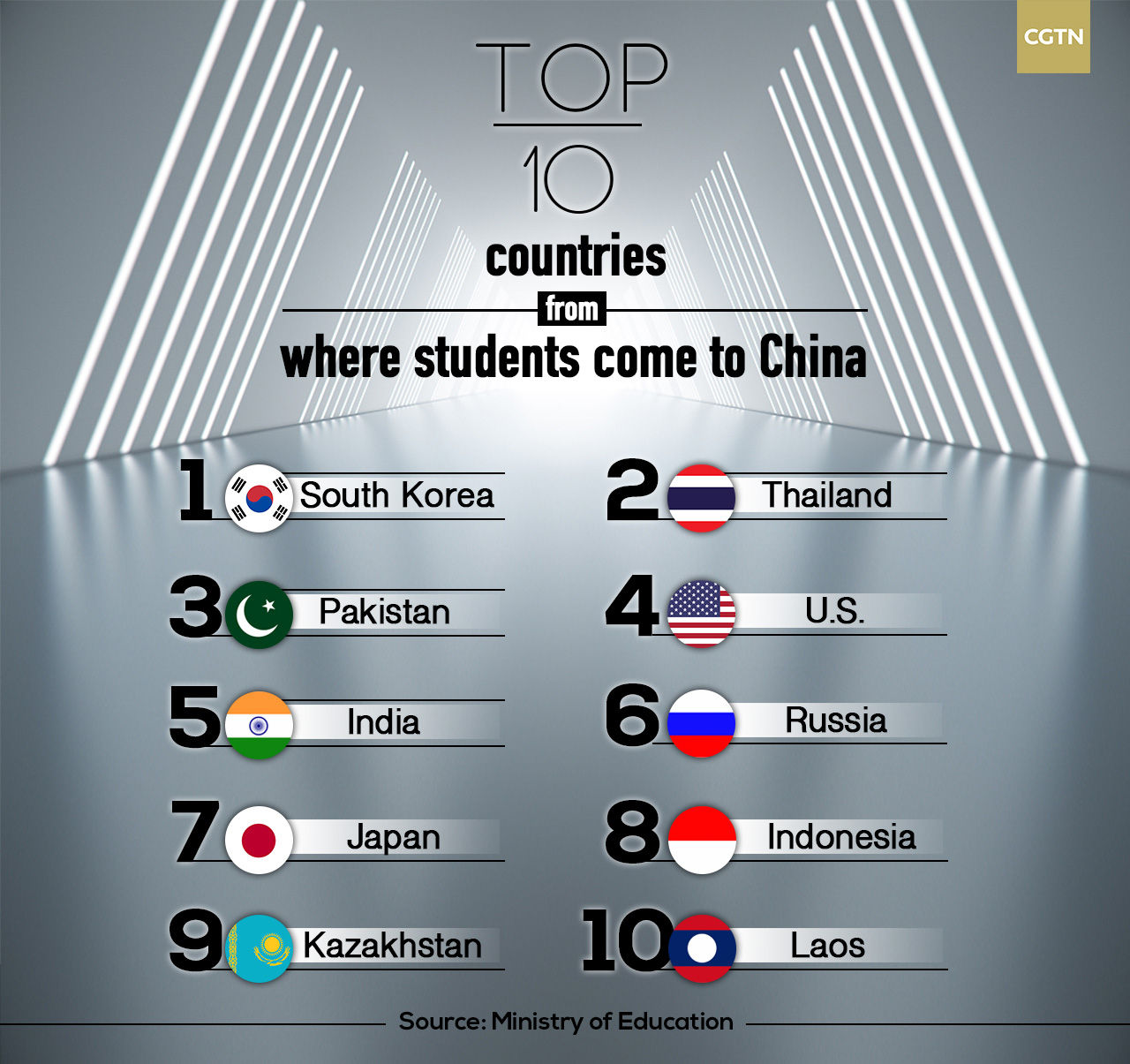
Money Stories
17:30, 11-May-2019
More Asian students choosing universities on the continent
Zhang Xinyuan

Nowadays, when choosing foreign countries in which to study, more and more students from Asia are opting to stay on the continent instead of making the traditional journey to the West.
They are being enticed by lower tuition fees and living costs, a familiar culture and an improvement in educational quality in the region.
Japan, South Korea, Singapore and Malaysia have long been popular overseas study choices, but other Asian education destinations have emerged, such as Thailand, China, India, Kazakhstan, and Israel, which is in western Asia.
Emerging popular destinations
Thailand, for example, has become a new hit among Asian students, especially Chinese, according to Thai government data quoted by the South China Morning Post (SCMP) in January. The report said the annual enrolment numbers of Chinese students in universities the Southeast Asian nation have doubled since 2012.
The increase has brought more economic gains to the universities that could be channeled into further improving education quality. The increase also created more job opportunities in the sector, according to the SCMP report.
As many as 8,455 Chinese students enrolled in Thai universities in 2017, twice that in 2012. The total is as high as 30,000 across the country, according to research by the Asia Research Centre for Migration at Chulalongkorn University, according to the SCMP report.
Indonesia, Vietnam, the Philippines and Malaysia are also reporting an uptick in international student enrolment.

CGTN infographics
CGTN infographics
An increasing number of Indian students are heading to the Philippines to study medicine, the Hindustan Times reported in March.
China, meantime, has become the most popular destination for Asian students.
According to global statistics released by the Institute of International Education in the U.S., China ranked third after the U.S. and U.K. among the top 10 high-level education destinations for overseas study.
Between 2016 and 2017, the U.S. received 1,078,822 international students, the UK received 501,045 and China 442,773.
According to China's Ministry of Education, China is the No.1 overseas study destination in Asia, and the international students in China come from 204 countries and regions. The top 10 source countries are South Korea, Thailand, Pakistan, the U.S., India, Russia, Japan, Indonesia, Kazakhstan and Laos.
Generous scholarships offered by China to international students as well as the country's growing influence around the world have helped to swell the numbers.
In Central Asia, Kazakhstan attracted 20,000 international students by September 2018, and the country aims to attract 50,000 over the next four years, according to an official.
Countries in western Asia generally have a lower percentage of international students enrolled because of the language barriers, religious differences and visa regulations. Israel, which falls in that region, has been trying to boost its numbers by setting up more English programs. It currently has only 1.4 percent of foreign students.
Israel plans to double the number of international students to 24,000 by 2022, according to a report by Israel21c in April.

SITEMAP
Copyright © 2018 CGTN. Beijing ICP prepared NO.16065310-3
Copyright © 2018 CGTN. Beijing ICP prepared NO.16065310-3